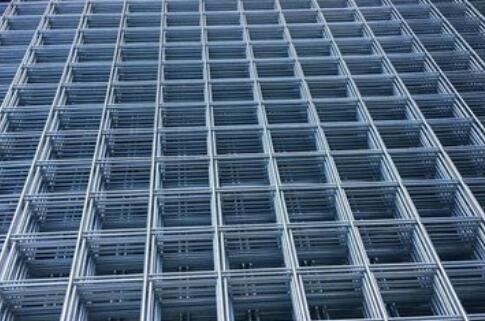Understanding Reinforcing Wire Mesh Applications and Benefits
Reinforcing wire mesh, commonly referred to as steel reinforcing mesh or welded wire mesh, is an essential component in modern construction and civil engineering. Composed of high-strength steel wires that are welded together in a grid pattern, this material serves as a critical reinforcement element in various concrete structures.
One of the primary uses of reinforcing wire mesh is in the construction of concrete slabs, beams, and other structural elements. When concrete is poured, it is inherently strong under compression but is vulnerable to tensile forces, which can lead to cracking and structural failure. By integrating wire mesh into the concrete, engineers significantly enhance its tensile strength. This reinforcement helps distribute stress evenly throughout the concrete, thereby minimizing the risk of cracks and ensuring durability.
Reinforcing wire mesh comes in various gauge sizes and mesh spacing options, allowing builders to select the appropriate type based on specific project requirements. The most common formats include sheets and rolls, facilitating easy handling and installation on-site. The versatility of wire mesh makes it suitable for a wide range of applications, from residential foundations and driveways to industrial flooring and highway structures.
reinforcing wire mesh

Another advantage of using reinforcing wire mesh is its cost-effectiveness. Compared to other forms of reinforcement, such as rebar, wire mesh is often cheaper, easier to install, and requires less labor. This can lead to significant savings on construction costs and time. Furthermore, since the mesh is pre-fabricated, it provides consistency in quality and dimensions, contributing to more predictable construction outcomes.
Moreover, the environmental impact of using reinforcing wire mesh is generally favorable. The production of wire mesh involves recycling steel, which helps reduce waste. Additionally, structures utilizing wire mesh can often be designed for longevity, leading to a reduced need for repairs and replacements over time, which is beneficial for both the environment and project budgets.
Safety is another critical consideration in construction, and reinforcing wire mesh helps to enhance structural safety. By reducing the potential for cracking and deformation, wire mesh contributes to the longevity and resilience of structures, ultimately safeguarding the lives of occupants and users.
In conclusion, reinforcing wire mesh plays a vital role in modern construction. Its ability to provide exceptional tensile strength, coupled with cost-effectiveness and environmental benefits, makes it a preferred choice among engineers and builders. As construction technology continues to evolve, the applications and enhancements of reinforcing wire mesh are likely to expand, further solidifying its importance in the industry. Whether for residential or commercial buildings, reinforcing wire mesh is undoubtedly a cornerstone of sustainable and robust construction practices.

















